Writings
Emovere emerges from a creation and research project originated in the Faculty of Arts of Universidad de Chile, which had the purpose of developing a performance piece and an interactive model between sound and dance with the intervention of projected images.
The project Emovere takes “emotion” as a central axis, which has generated an interdisciplinary piece that uses body processes to build a scenic poetics based on a reflection about the biology of emotion, intertwining the various corporal, subjective, dance, sound, visual and technological materials and procedures that emerged inside an interdisciplinary creation laboratory.
The interdisciplinary creation laboratory sought to generate replicable structures and tools as artistic creation material, using the measurement of biosignals such as the heart rate and muscle tension of dance performers as a foundation in order to modulate sound environments. The biosignals caused by the emotional states and movement of the performers were captured by physiological sensors that measure the minuscule electrical changes produced by the nervous system. Then they were sent wirelessly to a computer where they were processed and mapped to various audiovisual materials.
Some of the project’s objectives were to develop written and audiovisual documentation that accounted for the processes, methodologies and materials that were generated in the lab with the purpose of systematizing the creative/investigative process of Emovere. In order to initiate this documentation process, the members of the team were invited to write a text exposing the field of action that characterized their participation in the project, from a particular perspective and without a predetermined structure.
These writings are not meant to be finished articles but were rather developed by decision of each author as fragments for larger articles, summaries, brief logbooks with sensitive writing and even first drafts with ideas and reflections for future articles.
Each of the writings presented here vouches for the multiplicity of practices, production forms and ways of processing the artistic experience of Emovere, from the peculiarities of each discipline involved but also from the different individual ways of establishing their vision and decision-making. This manner of exposing the process of Emovere shows that even the definition of “interdisciplinary” is a complex and multidimensional question, which is better answered by the relationship of its parts rather than by general and totalizing resolutions.
With the intention of suggesting a sequence for reading these various texts, we have classified and arranged them according to the project’s discipline teams:
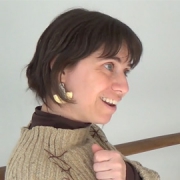
Emovere: Analytical Perspective
On the webpage of the Real Academia Española (Royal Spanish Academy, RAE), the word “perspective” has, among several definitions, two that interest me: “to look through” and “to look closely at”. This is because the purpose of this article is to share my thoughts on the position of active spectator for the research process of the project Emovere and, in this sense, to analyze the role...
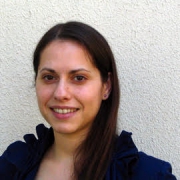
Among Resonances
Emovere, Body, Sound and Movement sought to produce a specific sensitive experience through the capture of physiological signals associated with emotion, combining an interactive and reactive model of digital technology between dance, image and sound. The starting point is sensoriality as a form of experience, where the fact that the emotional states are associated with physiological expressions...
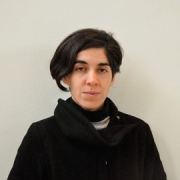
Emovere: Romantic Love between Touch, Hearing and Affection
When I was invited to the project Emovere, I felt deeply attracted when I learned that in connection with its field of interdisciplinary experimentation-investigation, this project would have emotions as a foundation; that we, the dancers, would have to provoke and disarticulate these emotions and that this construction would be captured by physiological sensors...
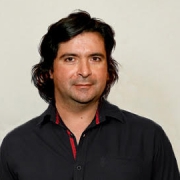
A Foreign Vision: Dramaturgy and Perception in the Project Emovere
From the perspective of dramaturgy, one of the fundamental questions proposed by the project Emovere: Body, Sound and Movement refers to the nature of language: what type of specificity emerges from the stage conjunction of the bodies, the sound layers and the movement based on the original motivation to work on the topic of emotion?...

The Creation of a Stage Organism: the Visuality of Emovere
The interdisciplinary project Emovere pursues a dance performance proposal that includes audio and video with interactive projections. To achieve this purpose, it proposes the utilization of technology used in medicine (sensors) in order to extract bio-data and create an interaction in real time. This technique has already been used by musician...
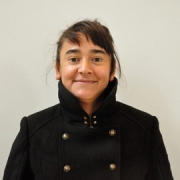
Regarding Performance Design in an Interdisciplinary Creation Process
The following article has the purpose of commenting on relevant aspects of the work developed throughout the execution of the project Emovere in terms of Performance Design, all of this considering that one of the initial premises of this process sought to change the practical execution of the interdisciplinary...
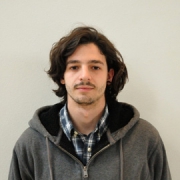
Sound Composition
The sound composition of Emovere was developed based on a set of decisions and boundary conditions that were addressed by experimentation and exploration. We decided to use audio files instead of synthesizing sounds with the data delivered by the sensors, which would have been much more complex for the sound composition and the design of the interaction modes. This way, everything that we composed was stored...
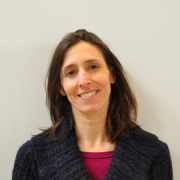
Dance, Emotion, Biofeedback and Sound: The Performer as a Generator of Interdisciplinary Language
Emovere’s creative-investigative process allowed experimenting with a series of psychophysical, technological and sound materials that became determinants in the choreographic “form” that Emovere is founded on. The initial questions addressed how to expand the expressive possibilities of each discipline involved...
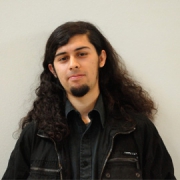
Designing a Flexible Interaction Platform for Complex Interactive Performances in Real Time
When we see a performer playing their instrument, the information flow is usually like this: the performer (duly trained and instructed in their instrument) performs an action (for example, pressing the space between two frets on an electric guitar and making a string vibrate through the movement of a pick), and this action...
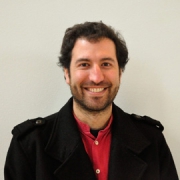
Designing Sound Interactions for Biosignals and Dancers
For Emovere, the performers worked with an emotional induction technique called Alba Emoting. This method was developed to help recognize, induce, express and regulate six basic emotions: fear, sadness, eroticism, joy, tenderness and anger. Basically, the training consisted of introducing the performers in the postural, respiratory...
